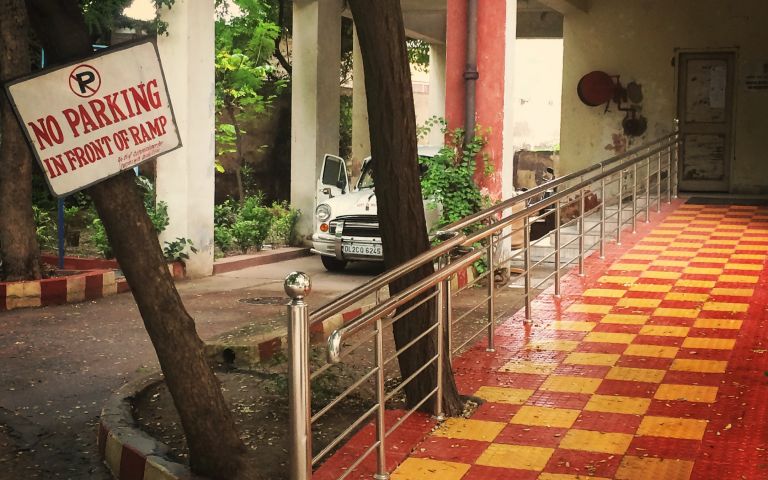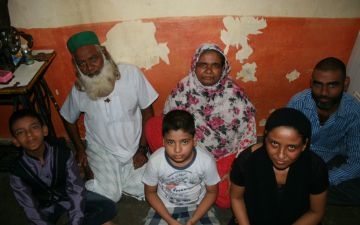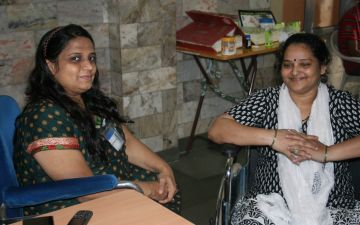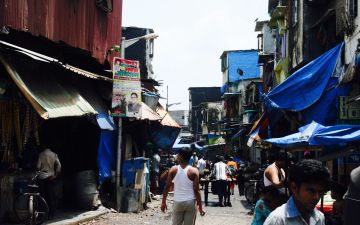Shivaji Nagar assaults your senses. It’s noisy. It’s beyond crowded. It smells. Sitting adjacent to the largest open garbage dump in Asia, Shivaji Nagar is not one of Mumbai’s largest slums, but is perhaps the most intense. The average life expectancy is 39 and rates of disability are higher than average. A person here may use a wheelchair, but perhaps the more accurate phrasing is that they are confined to one. Navigating the crowded “streets” of this slum is virtually impossible, and due to social stigma, many individuals with disabilities remain in their homes.
Across town, a wheelchair user living in a middle class suburb is confined to a small space as well—their car. Independent movement beyond the vehicle is limited due to lack of elevators or ramps in public spaces, or even simple curbs to move from street to sidewalk. Despite vast differences in financial and social capital, the experiences of people with physical disabilities are remarkably similar.
The government is taking steps to address these challenges, slowly improving accessibility in infrastructure and transportation. However, comprehensive changes are required to both enhance inclusivity in education and address the larger phenomenon of social indifference to the struggle of Indians living with disabilities.
The project explores the entrenched stigma against disabilities in Indian culture, the intricate connections between poverty and disability, and how people with disabilities navigate daily life.




